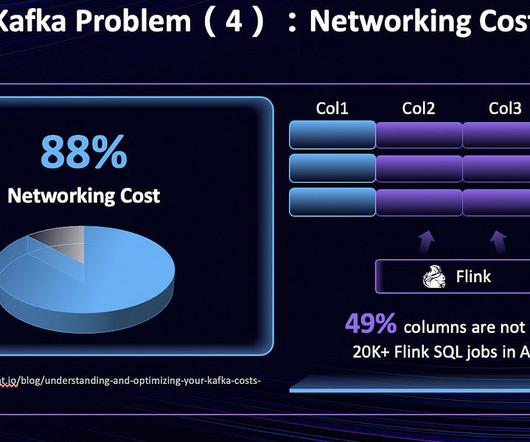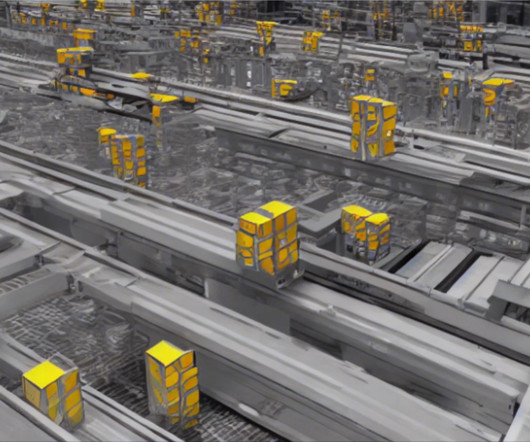Beyond Kafka: Conversation with Jark Wu on Fluss - Streaming Storage for Real-Time Analytics
Data Engineering Weekly
FEBRUARY 18, 2025
It addresses many of Kafka's challenges in analytical infrastructure. The combination of Kafka and Flink is not a perfect fit for real-time analytics; the integration of Kafka and Lakehouse is very shallow. How do you compare Fluss with Apache Kafka? Fluss and Kafka differ fundamentally in design principles.













Let's personalize your content